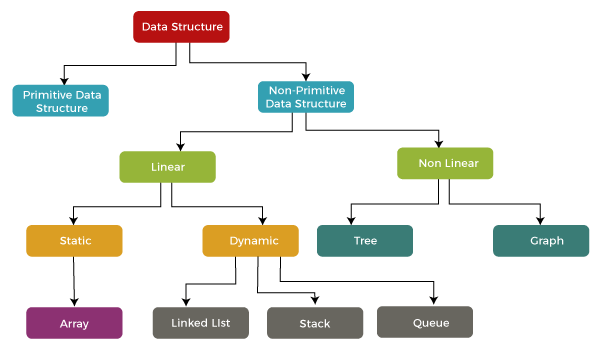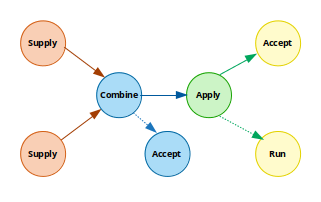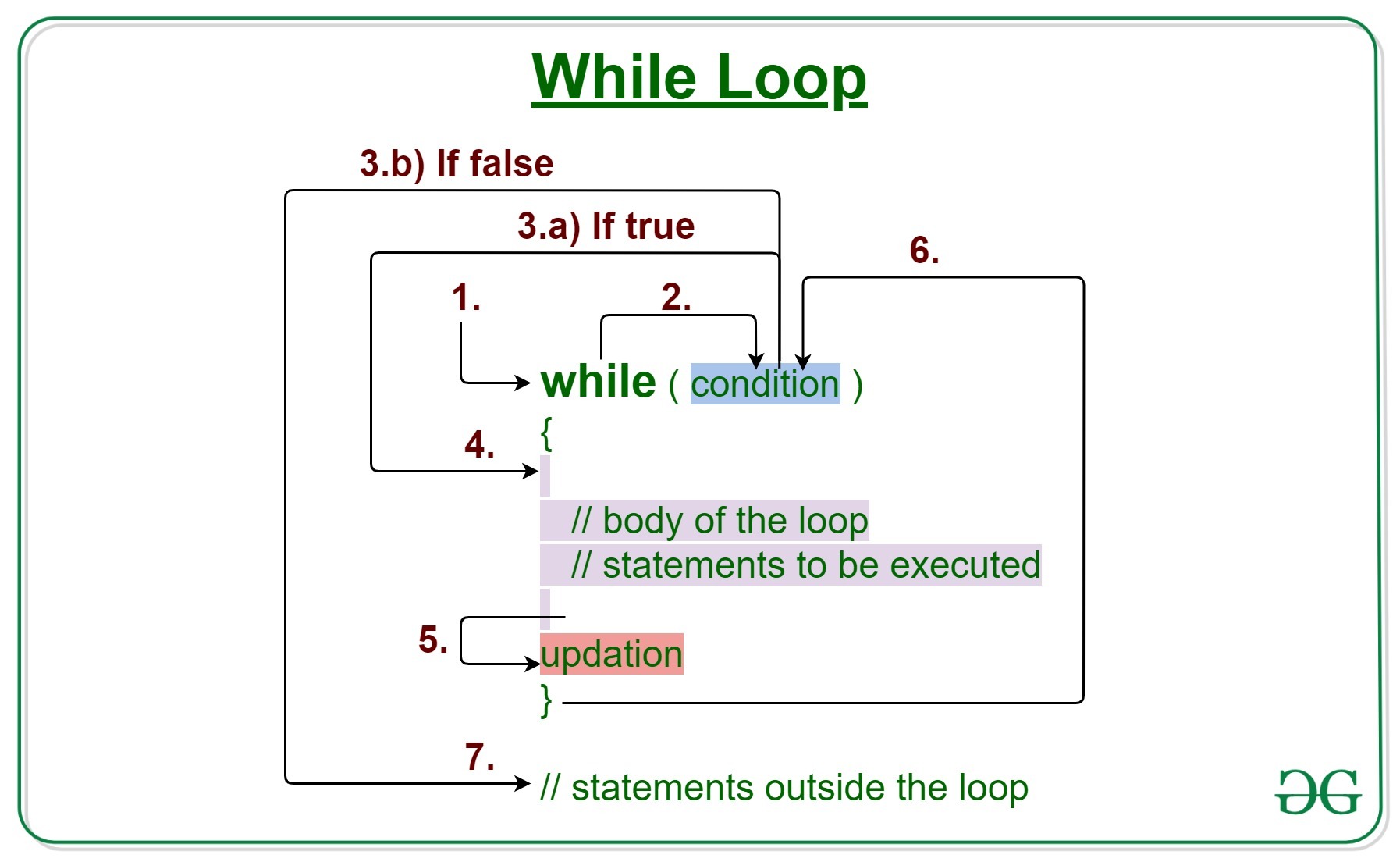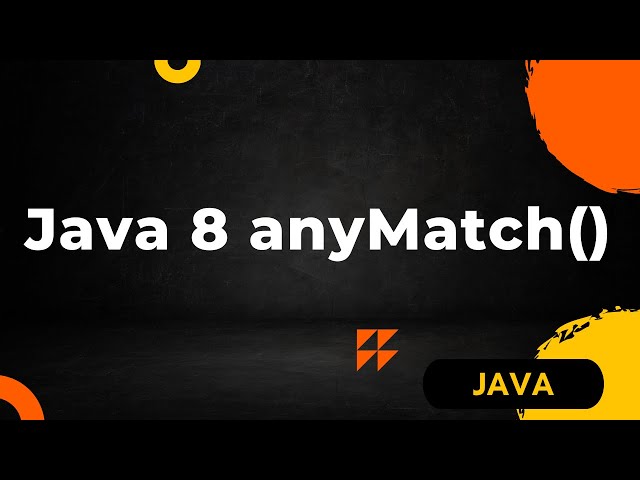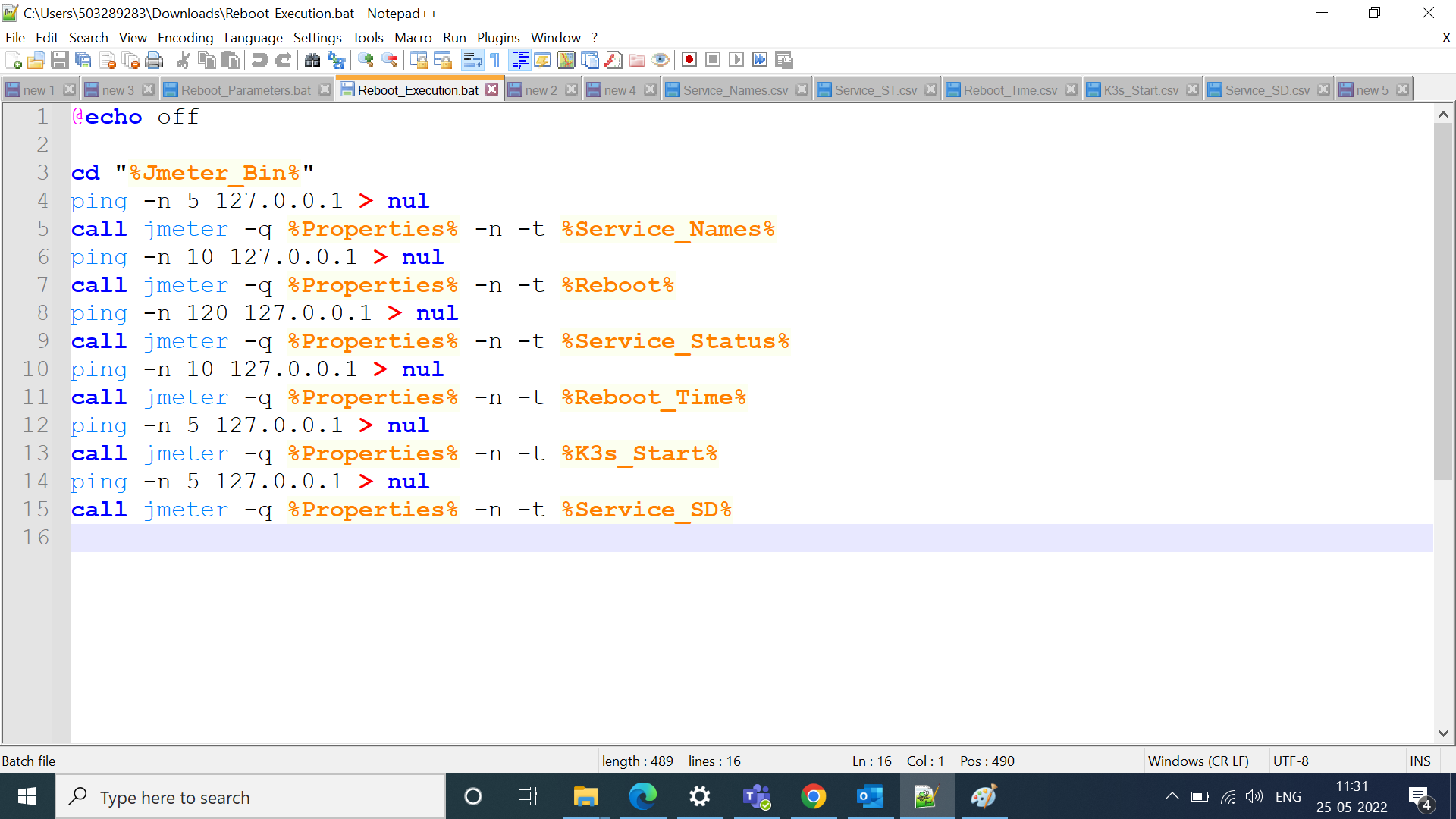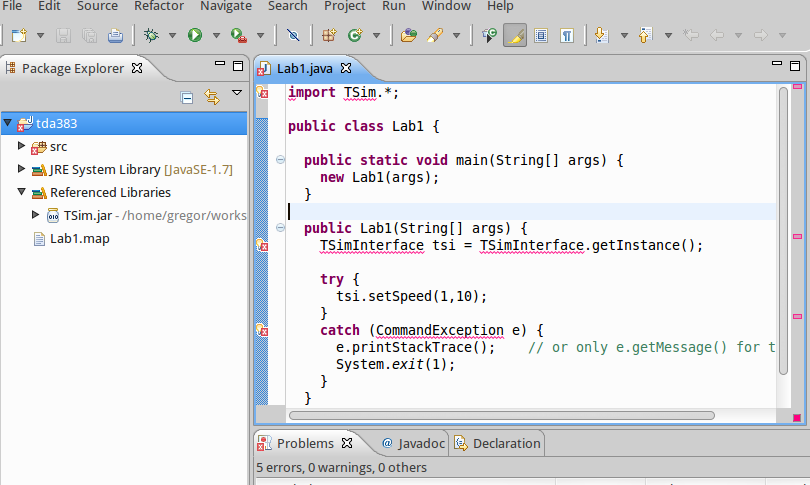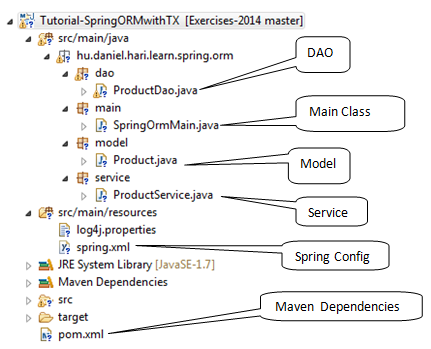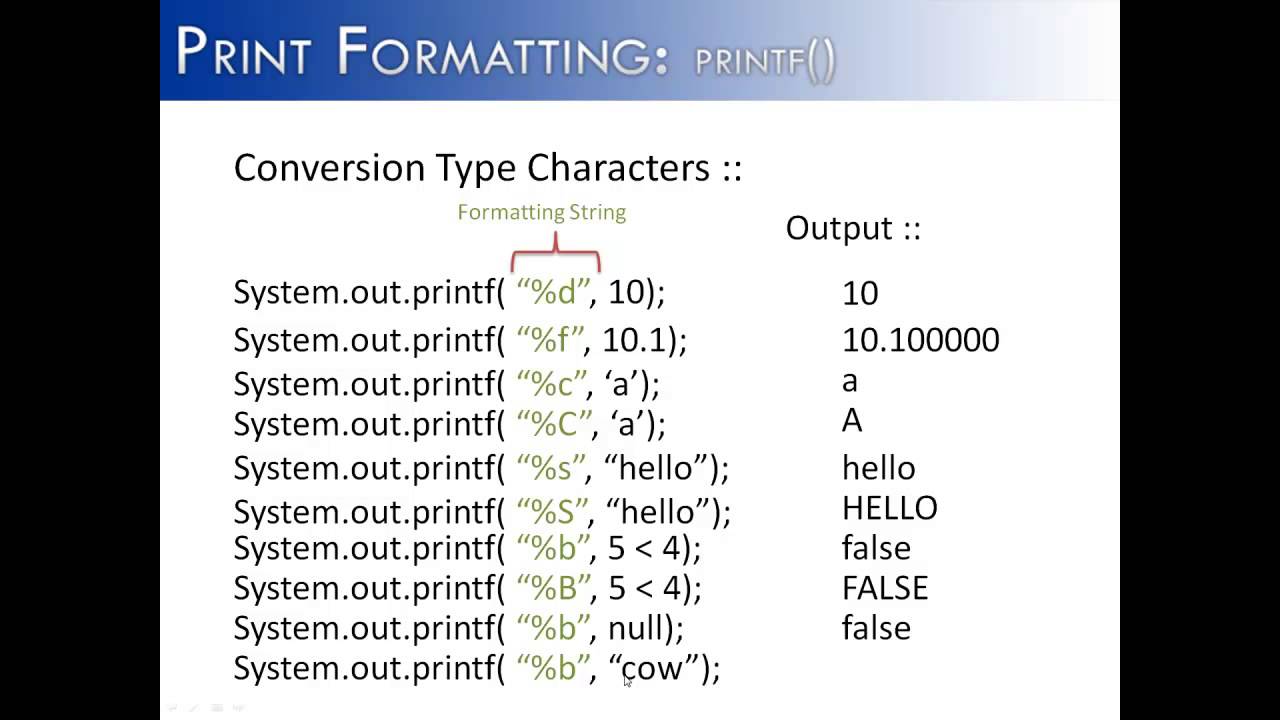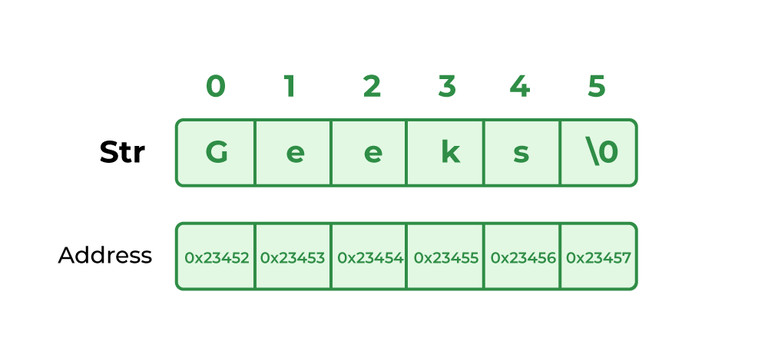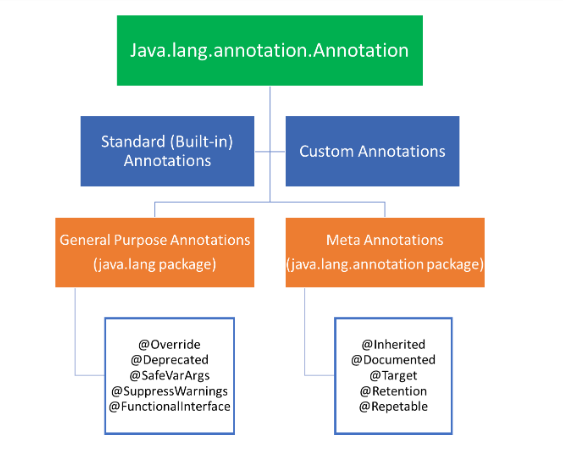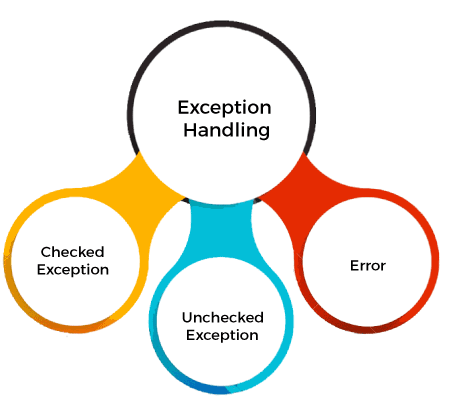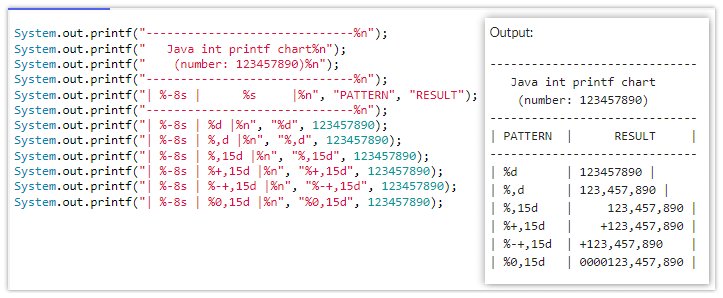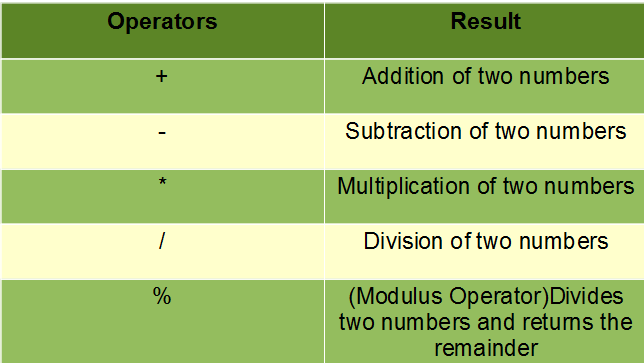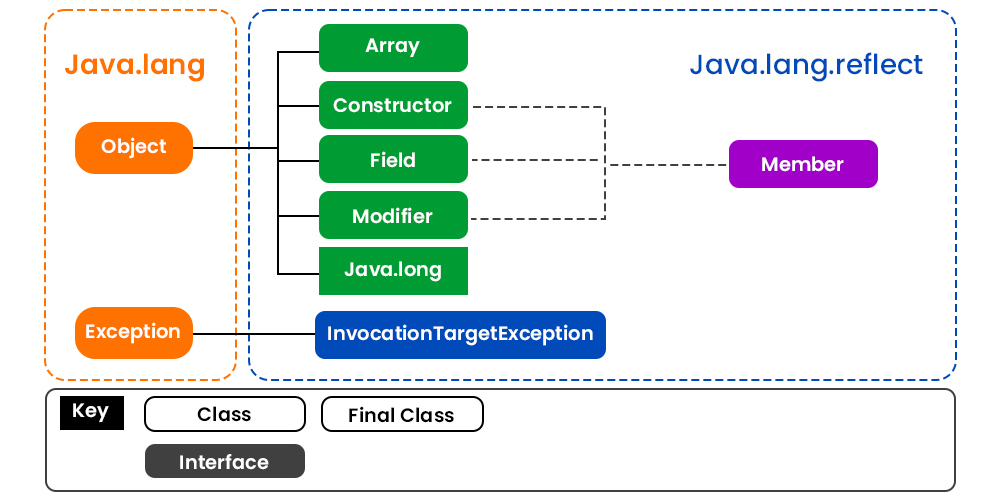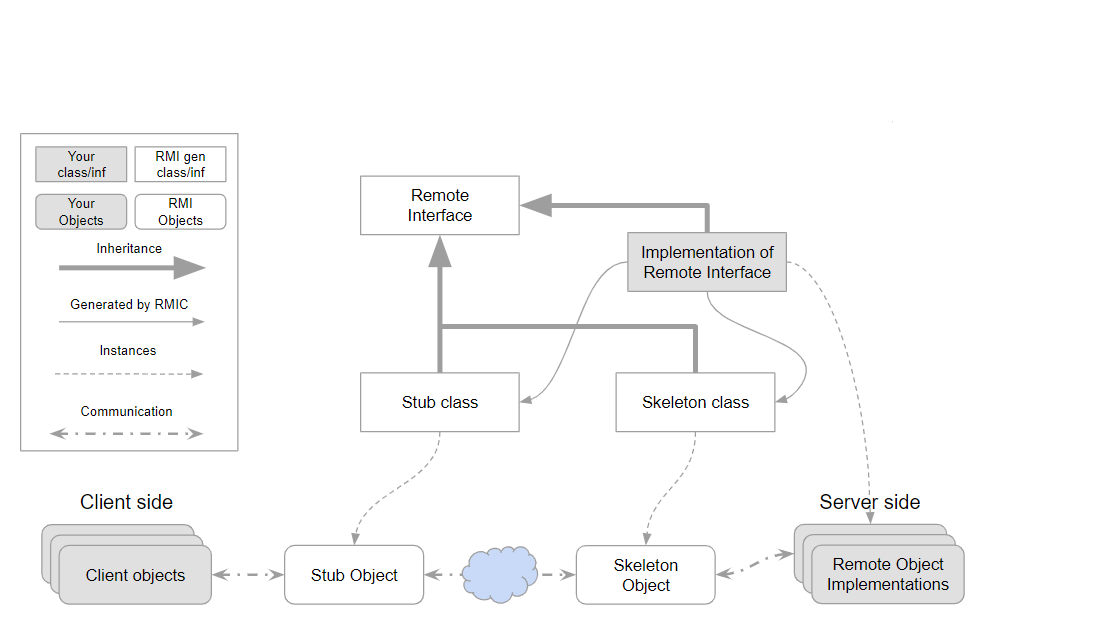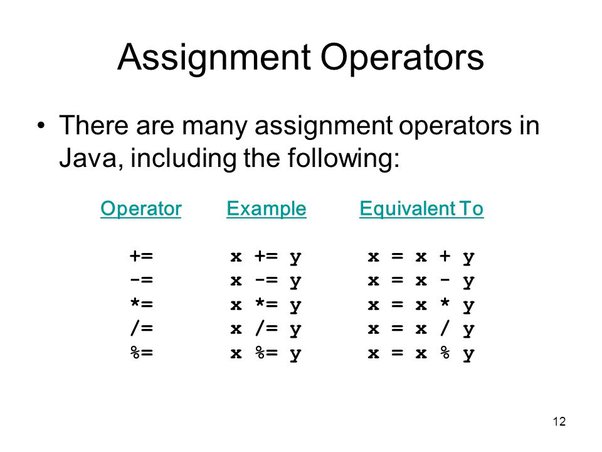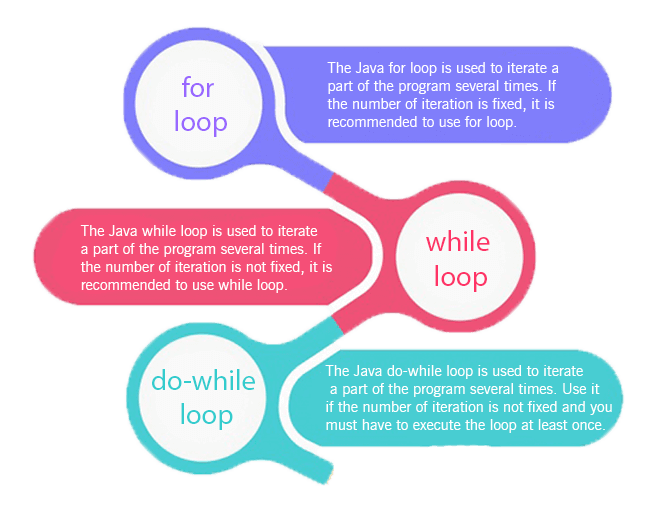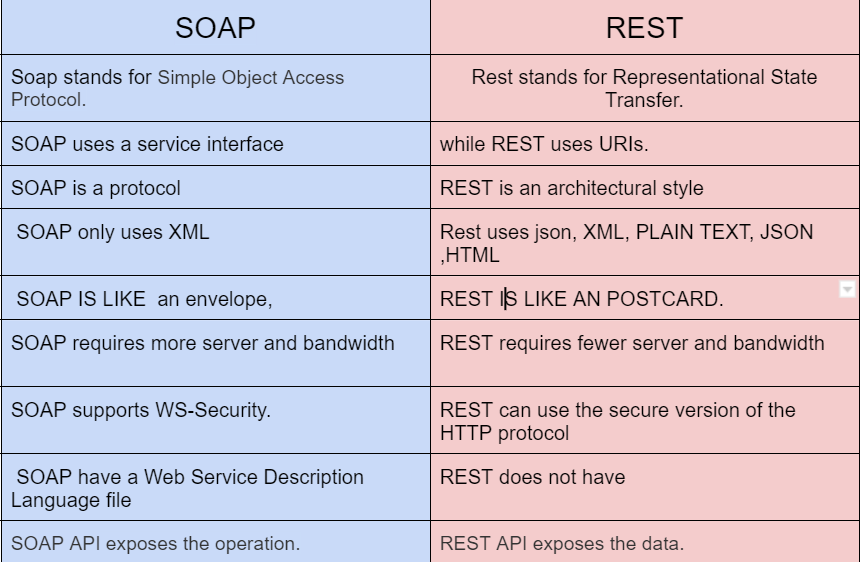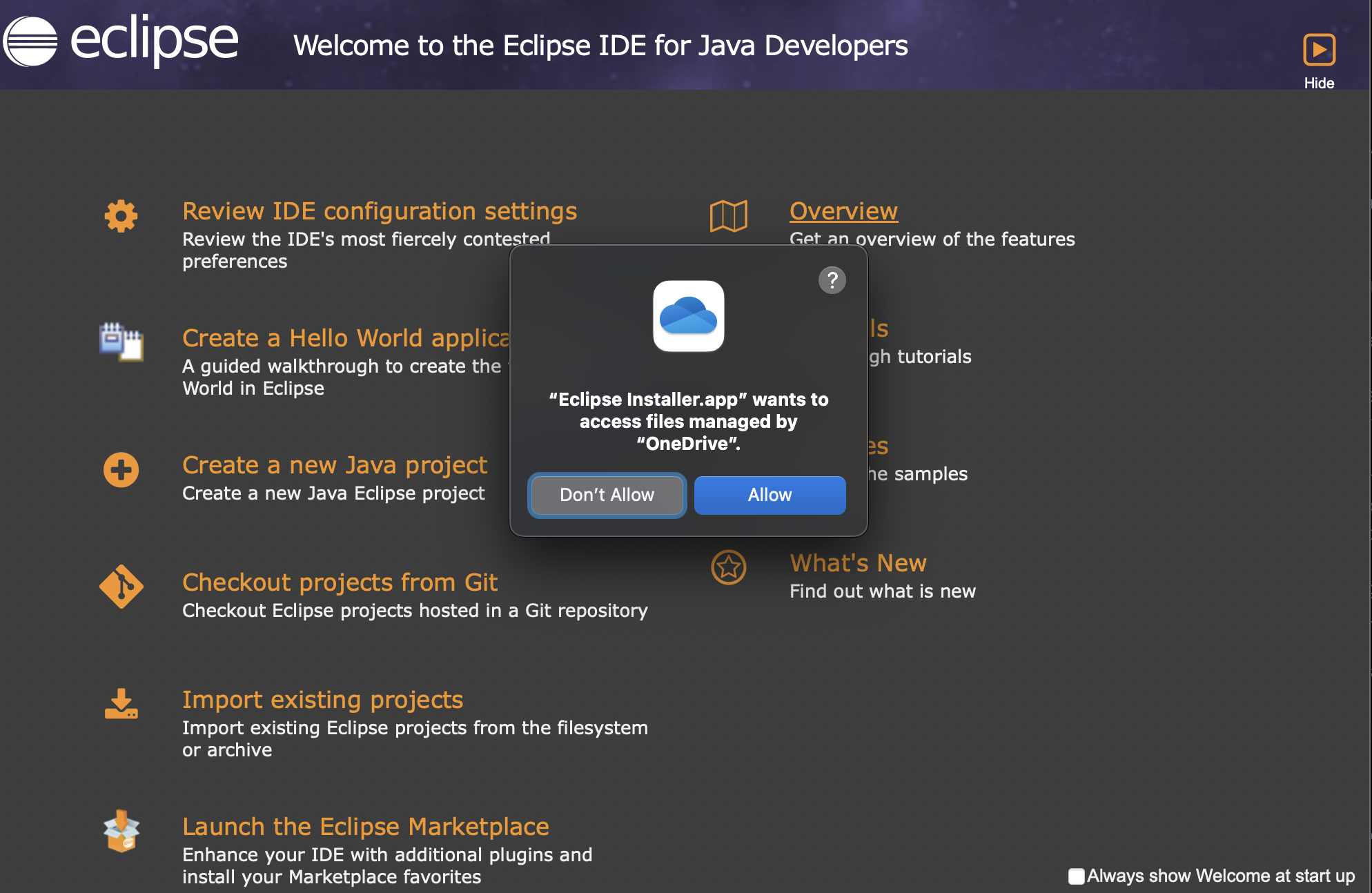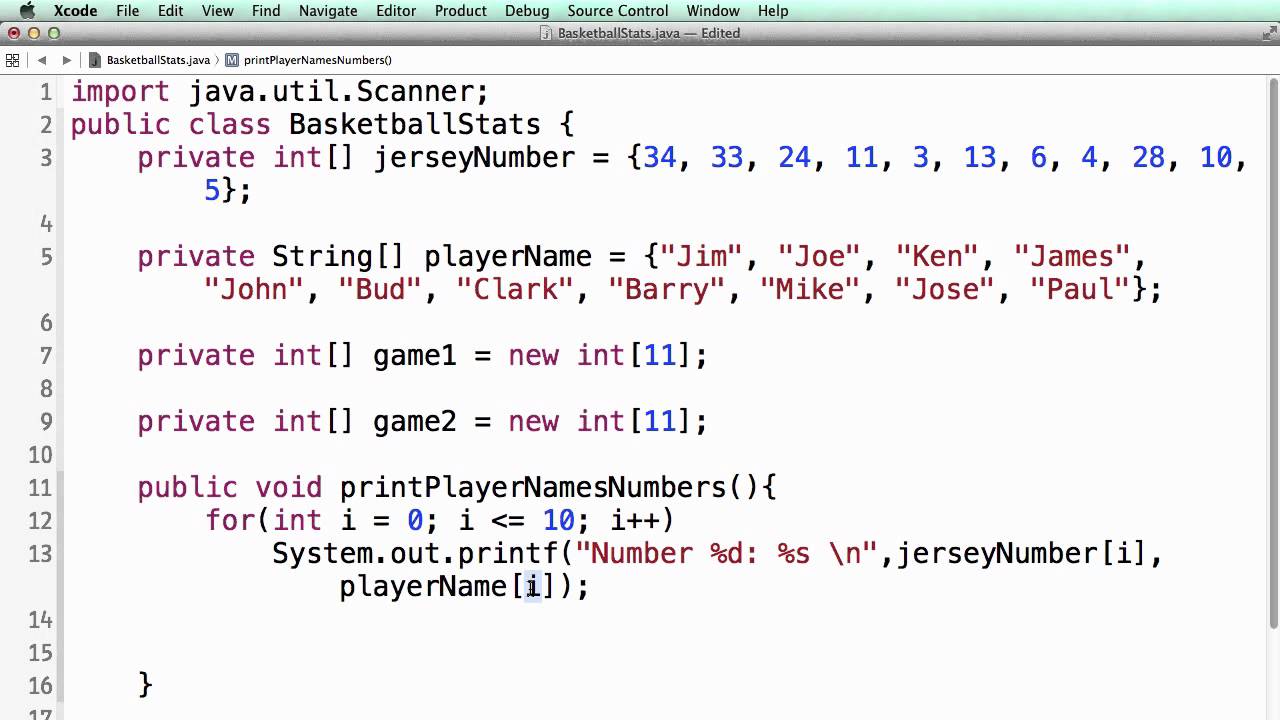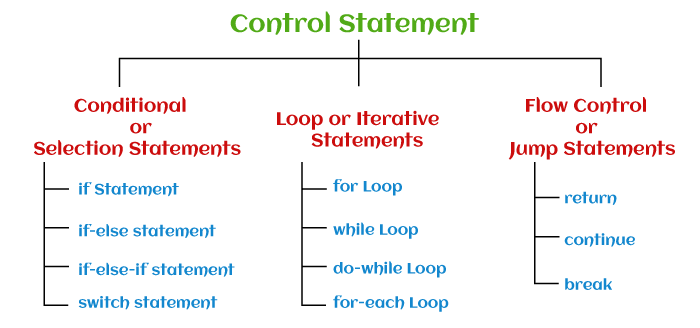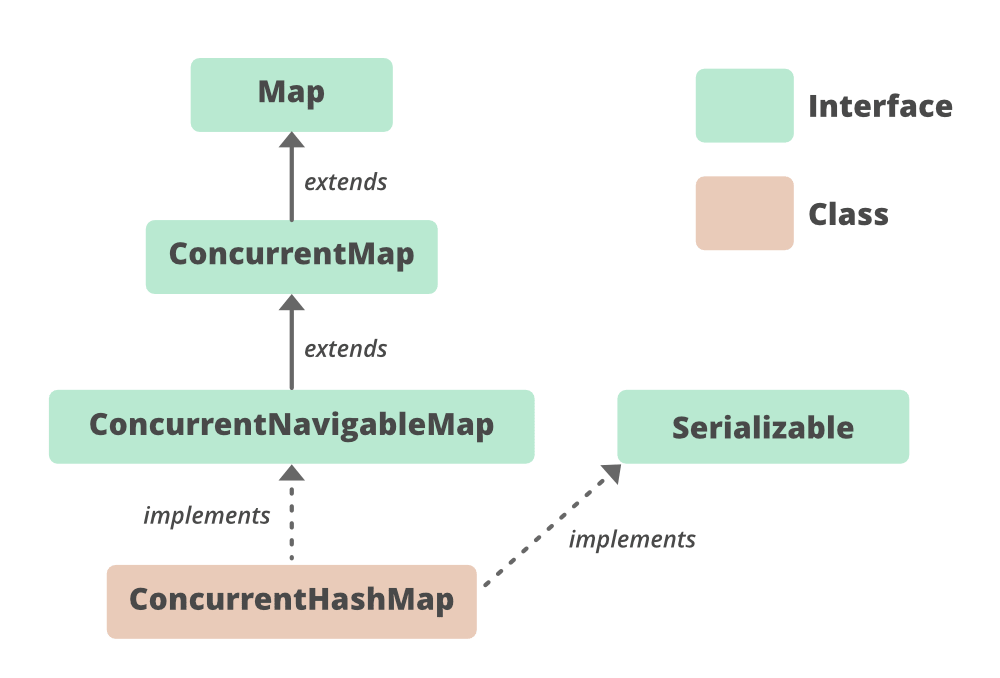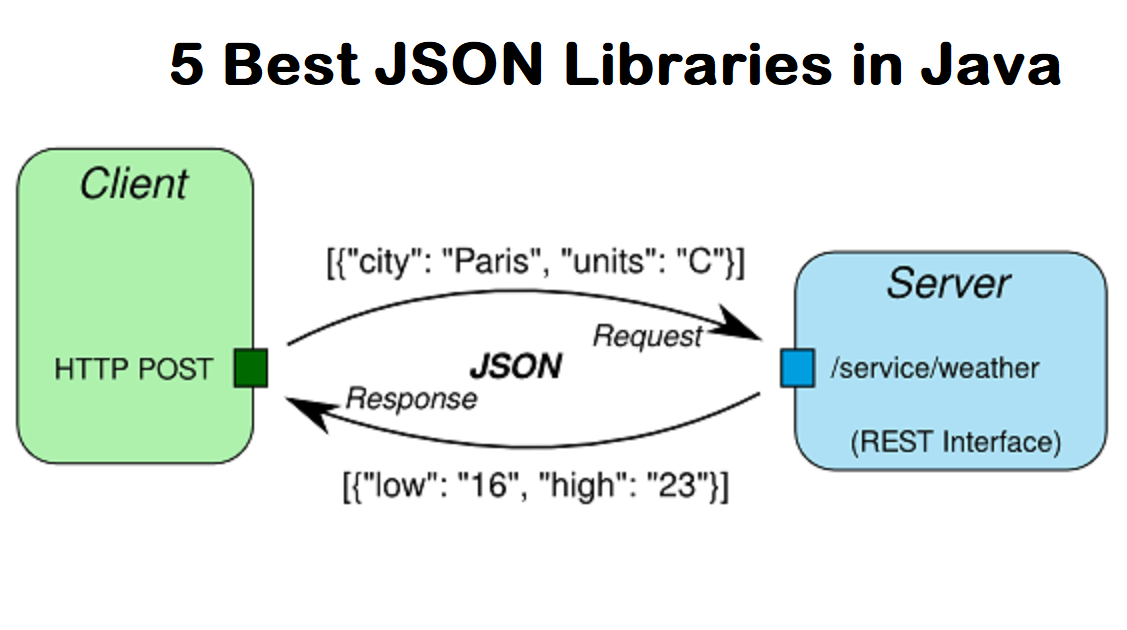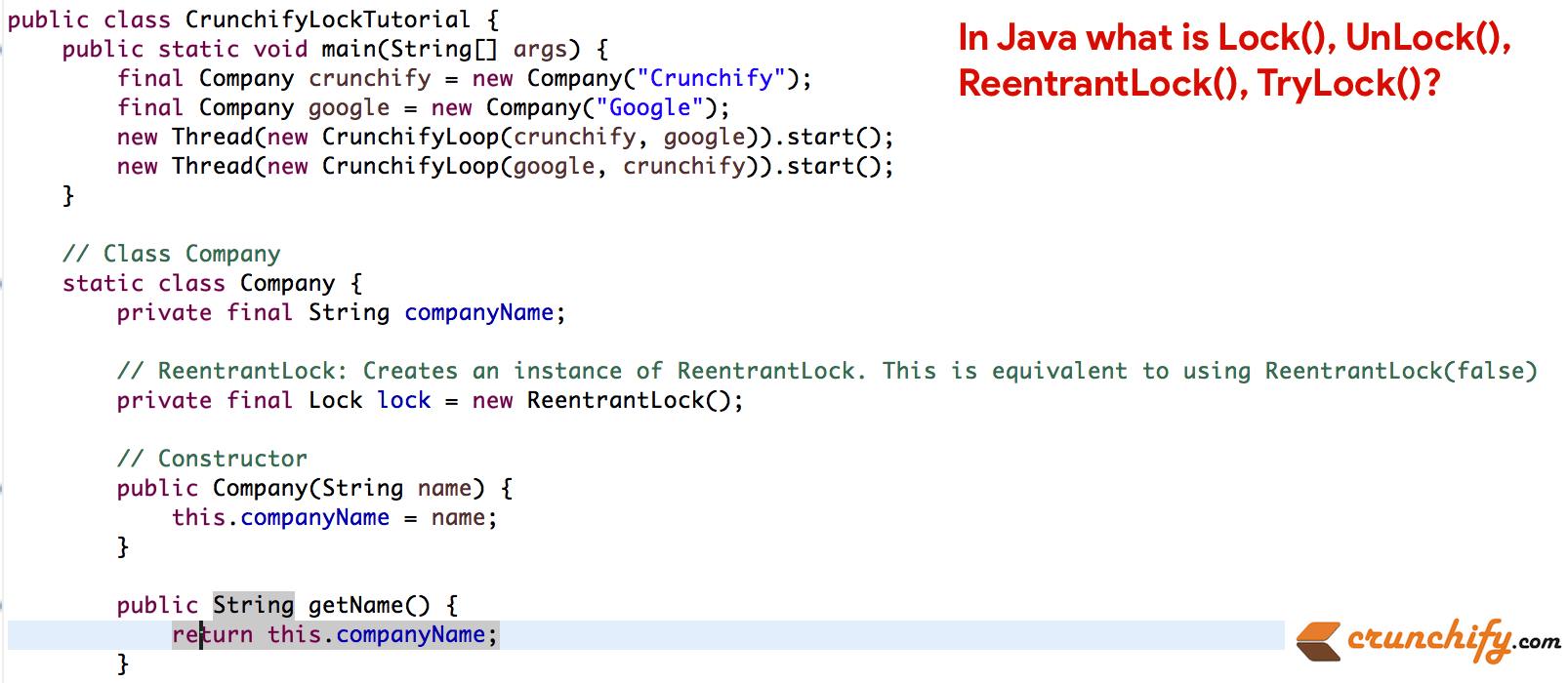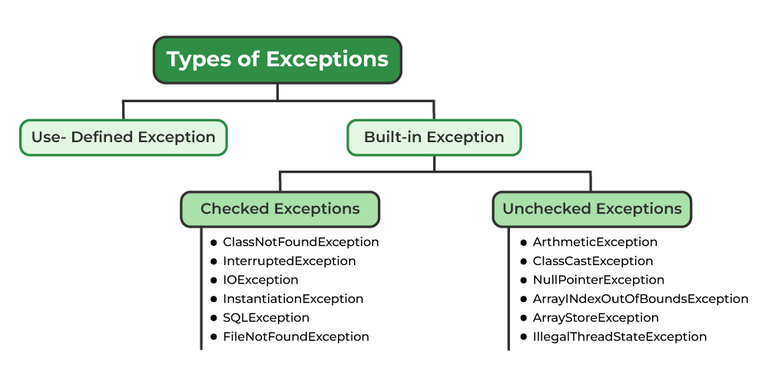disadvantages of stream api in java 8
disadvantages of stream api in java 8
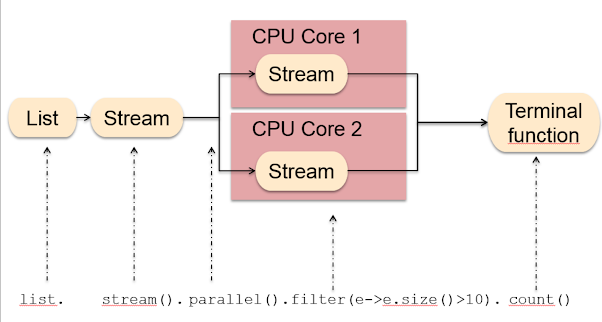
Here are some disadvantages of using Stream API in Java 8:
Inefficiency: While the Stream API is designed to provide a concise and expressive way of processing data, it can sometimes lead to inefficiencies. For instance, if you're working with large datasets, the Stream API's internal operations like map() or filter() may result in excessive memory usage or CPU utilization. Lack of Control: With the Stream API, you sacrifice some control over the processing pipeline. You don't have direct access to intermediate results, and you can't interrupt the stream processing once it's started. This lack of control can be a disadvantage in certain situations where you need more fine-grained control over the processing. Debugging Challenges: The Stream API's lambda-based functions can make it challenging to debug your code. When something goes wrong, it can be difficult to pinpoint the exact problem due to the abstract nature of these functions. Performance Overhead: Although the Stream API is generally faster than traditional iteration methods, there are cases where the performance overhead might be significant. For example, if you're working with small datasets or simple operations, the additional processing required by the Stream API might negate any performance benefits it provides. Inadequate Error Handling: The Stream API doesn't provide built-in error handling mechanisms. This means that you'll need to implement your own error handling strategies, which can be time-consuming and add complexity to your code. Difficulty in Understanding Complex Pipelines: As the pipelines of stream operations become more complex, it's easy to lose sight of what each operation is doing and how they're affecting the overall processing pipeline. This can make it difficult to maintain or modify your code over time. Inability to Interrupt Processing: Unlike traditional iteration methods that allow you to break out of a loop at any point, the Stream API doesn't provide an equivalent way to interrupt the stream processing once it's started. Difficulty in Debugging Multithreaded Pipelines: When working with multithreaded pipelines, it can be challenging to debug issues due to the inherent complexity and variability introduced by concurrent execution of threads. Difficulty in Understanding Side-Effects: Stream API operations that have side-effects, such as modifying external state or throwing exceptions, can make code more difficult to understand and maintain, especially when working with complex pipelines. Inadequate Support for Custom Operations: Although the Stream API provides a rich set of built-in operations, there are cases where you might need custom operations to handle specific processing requirements. However, implementing custom stream operations can be challenging and may require advanced knowledge of Java 8's internal workings.By being aware of these potential disadvantages, you can better decide whether or not the Stream API is the best choice for your specific use case in Java 8.
What is the advantage of using Java stream API?
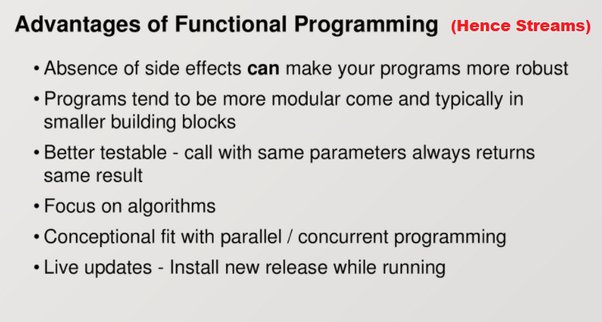
The Java Stream API, introduced in Java 8, provides a powerful way to process data streams efficiently and concisely. The main advantages of using the Java Stream API are:
Immutability: Streams are immutable by default, which means that each intermediate operation creates a new stream, leaving the original stream unchanged. This ensures that the data remains consistent throughout the pipeline. Lazy Evaluation: Stream operations are evaluated lazily, meaning that they only process elements when necessary. This reduces memory consumption and improves performance for large datasets. Concise Code: The Java Stream API provides a concise way to write code, making it easier to understand and maintain. By chaining together methods likefilter(), map(), and reduce(), you can create complex data pipelines with just a few lines of code. Improved Performance: The Java Stream API takes advantage of modern CPU architectures, which allows for better performance and parallelization. This makes it particularly useful for large-scale data processing tasks. Reduced Memory Consumption: As streams are designed to be processed incrementally, memory consumption is reduced because only the necessary elements are stored in memory at any given time. Flexibility: Streams support both sequential and parallel processing, allowing you to control how your data is processed based on your specific needs. Type Safety: The Java Stream API is designed with type safety in mind, ensuring that the operations you perform on a stream are valid for that particular type of data. Integration with Functional Programming Concepts: Streams can be used to implement functional programming concepts like map-reduce, filter, and compose, which allows for more concise and expressive code. Improved Code Readability: The Java Stream API provides a way to break down complex operations into smaller, more manageable pieces, making the code easier to read and understand. Interoperability with Existing Code: Streams can be easily integrated with existing Java code, allowing you to leverage your existing investments while still benefiting from the new functionality.
In summary, using the Java Stream API offers significant advantages in terms of immutability, lazy evaluation, conciseness, performance, memory consumption, flexibility, type safety, functional programming integration, readability, and interoperability. These benefits make it an essential tool for any serious Java developer working with large datasets or complex data processing tasks.
